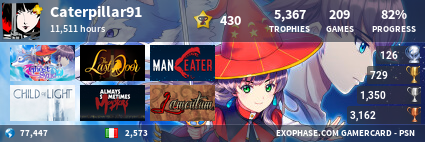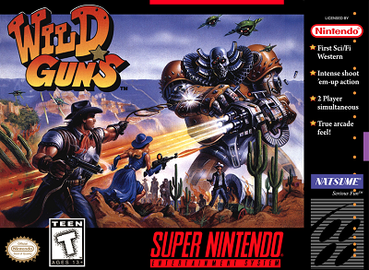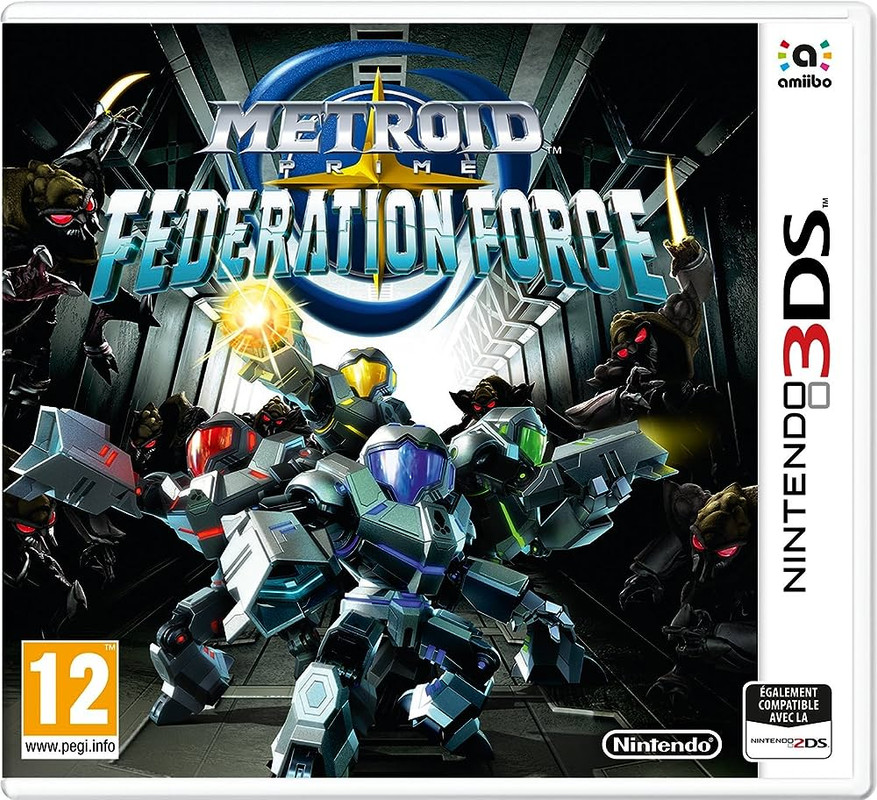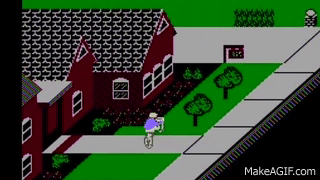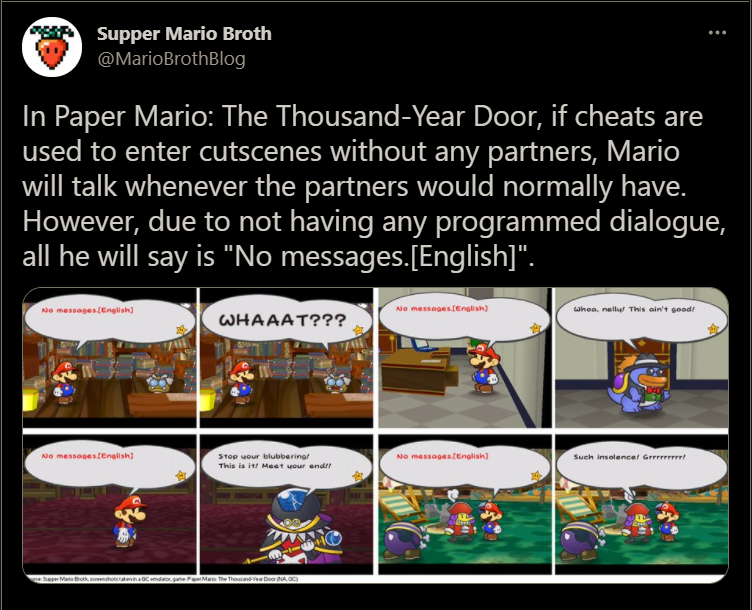Installa l'app
Come installare l'app su iOS
Segui il video qui sotto per vedere come installare il nostro sito come web app sulla tua schermata principale.
Nota: Questa funzionalità potrebbe non essere disponibile in alcuni browser.
Pubblicità
Stai usando un browser non aggiornato. Potresti non visualizzare correttamente questo o altri siti web.
Dovreste aggiornare o usare un browser alternativo.
Dovreste aggiornare o usare un browser alternativo.
Rubrica Cose che non sai sui Retro Giochi
- Autore discussione Strider
- Data d'inizio
Pubblicità
- Iscritto dal
- 10 Gen 2009
- Messaggi
- 18,860
- Reazioni
- 18,472
Offline
Riferimenti a film famosi:

Dynamite Headdy
Many of the levels are named after popular movies and other media titles:
• "Toys in the Hood" is named after Boyz in the Hood.
• "Clothes Encounters" is named after Close Encounters of the Third Kind.
• "Terminate Her Too" is named after Terminator 2.
• "Stair Wars" is named after the movie series Star Wars.
• "Spinderella" is named after Cinderella.
• "Fly Hard" is named after Die Hard.
• "Headdy Wonderland" is named after Alice in Wonderland.
• "The Rocket Tier" is named after The Rocketeer.
• "Illegal Weapon 3" is named after Lethal Weapon 3.
• "Far Trek" is named after the movie and TV series Star Trek.
• "The Escape" is named after The Great Escape.
• "Mad Dog and Headdy" is named after Mad Dog and Glory.
• "Mad Mechs" is named after Mad Max.
• "Heathernapped" is named after Kidnapped.
• "Towering Internal" is named after The Towering Inferno.
• "The Flying Game" is named after The Crying Game.
• "Twin Freaks" is named after the TV series Twin Peaks.
• "Fatal Contraption" is named after Fatal Attraction. • "Finale Analysis" is named after Final Analysis.
Offline
Nonostante i tagli ed un rush riesce ad essere un ottimo jrpg 


Hideo Baba stated in an interview that Tales of Xillia was actually produced against a rushed schedule, and that several things were cut. Such things included a hot springs event, an area similar to Nam Cobanda Isle, and a Villain Shoes section where you would play as Gaius and Muzét. Said villains have been actually made playable in the sequel along with various other features.
Strider
Ninja Man
- Iscritto dal
- 24 Dic 2006
- Messaggi
- 35,767
- Reazioni
- 8,001
Offline
Niente pistola calibro 32X 
- Iscritto dal
- 10 Gen 2009
- Messaggi
- 18,860
- Reazioni
- 18,472
Offline
Il maestro cattivo:
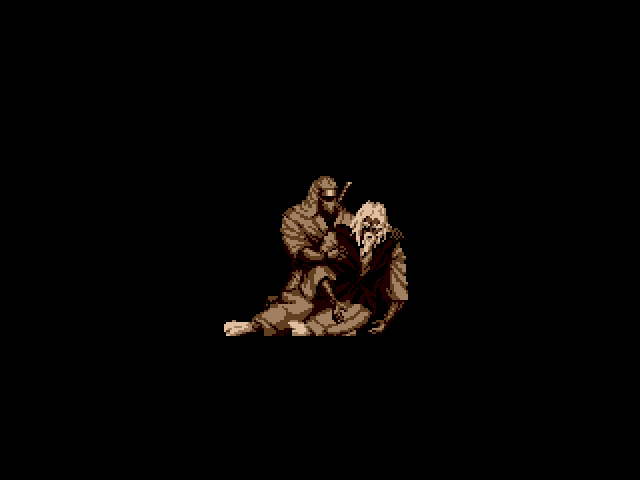
The Revenge of Shinobi
Originally the developers of The Revenge of Shinobi intended Joe Musashi's master (the old man dying in the intro) to reveal himself to be the head of Neo Zeed and to be the game's true final boss. In addition to his martial arts skills, he would also have been able to summon earthquakes and falling rocks. The entire battle was sequenced and designed, but due to time constraints it never made it into the final game.
Offline
Un piccolo team, per un grande drago 


The staff for the original Spyro game consisted of six people. Among them was only one animator, who did all of the work in animating the title.
Strider
Ninja Man
- Iscritto dal
- 24 Dic 2006
- Messaggi
- 35,767
- Reazioni
- 8,001
Offline
Flop facile 

Durante la settimana di lancio in Giappone il titolo ha venduto meno di 4000 copie, non riuscendo ad entrare nella top 20 dei giochi più venduti. Nel weekend di lancio in Regno Unito Metroid Prime: Federation Force non compare nella lista dei 40 giochi più venduti, occupando solamente la quindicesima posizione nei titoli distribuiti per Nintendo 3DS: questo ha portato la stampa britannica a definirlo un flop.
Offline
Cambi di programma 


The game was originally planned for release on the Super Nintendo, and featured a 2 player co-op mode and different graphics. Although it was nearly complete, Ubisoft decided to move the project to CD-ROM based consoles, and hired cartoon animators to improve the game's graphics.
Strider
Ninja Man
- Iscritto dal
- 24 Dic 2006
- Messaggi
- 35,767
- Reazioni
- 8,001
Offline
Giornali pesanti
In Paperboy i giornali da lanciare nelle abitazioni sono pesanti come mattoni, tanto che distruggono con facilità i vetri delle finestre. Lo scopo del gioco era oltre a consegnare i quotidiani agli abbonati, proprio quello di vandalizzare le abitazioni dei non abbonati.
I giornali sono la vera arma del gioco, da utilizzare anche contro i vari passanti, auto, moto, che vogliono farci cadere dalla bici.
- Iscritto dal
- 10 Gen 2009
- Messaggi
- 18,860
- Reazioni
- 18,472
Offline
L'immagine nascosta:
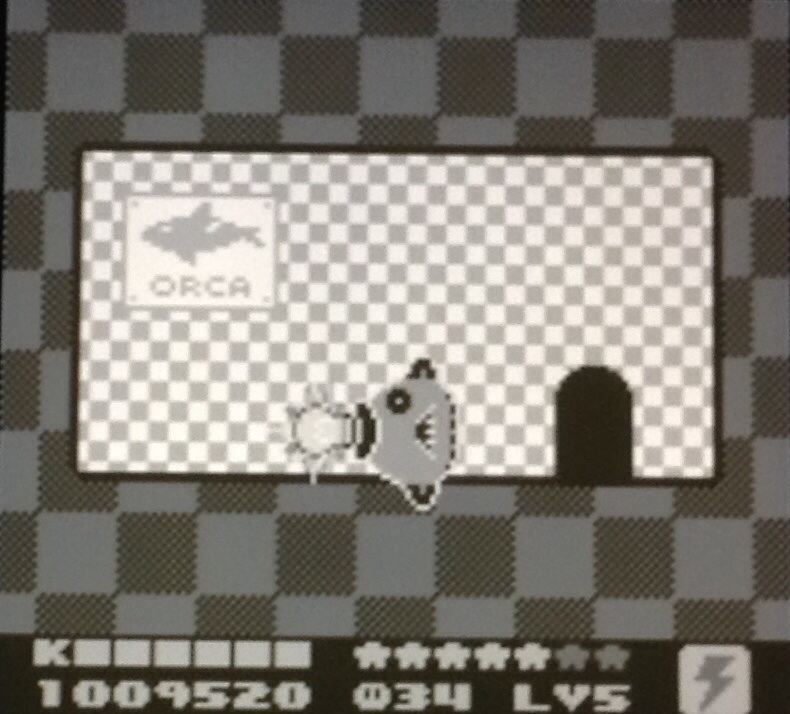
Kirby's Dreamland 2
In stage 5-5, using Kine and the spark ability in one of the dark rooms will reveal a picture of a orca in it. The image bears a strong resemblance to the boss Acro from Kirby's Dream Land 3 and Kirby 64: The Crystal Shards. However, as Acro is never seen in-game, this may hint that he was originally intended to make an appearance but was scrapped and moved to later games. He can also be seen on one of the proposal documents of Kirby's Dream Land 2 in Kirby's Dream Collection.
Offline
Possiamo dire esperimento riuscito 


The music in this game was composed by Nobuyoshi Sano and Takayuki Aihara, who used rearranged and remixed samples from classical songs to create the soundtrack. Their main objective was to create music that emulated the gameplay, as well as the story and general narrative theme of "madness". The music was intended to be "experimental" and "expressionistic", rather than "commercial".
Strider
Ninja Man
- Iscritto dal
- 24 Dic 2006
- Messaggi
- 35,767
- Reazioni
- 8,001
Offline
Offline
è fra le righe, ma è stato un development hell anche qui. Non son famosi come quelli del II e del IV ma anche qui ci son stati tagli. 


According to a 1997 The PlayStation magazine interview with the game's director Makoto Ikehara & programmer Tatsuya Kitabayashi, they were asked how the game's development began. Ikehara stated that their developments "always sort of start the same way, with just a title." After which they just make whatever they want, and force it to all fit together after the fact. Ikehara also stated that when changing series to the PlayStation, the team considered calling the third game just "Breath of Fire" without the "III", but they ultimately decided not to as they wanted to bring about a conclusion to the work they had done up to then.
- Iscritto dal
- 10 Gen 2009
- Messaggi
- 18,860
- Reazioni
- 18,472
Offline
Un dialogo inutile:
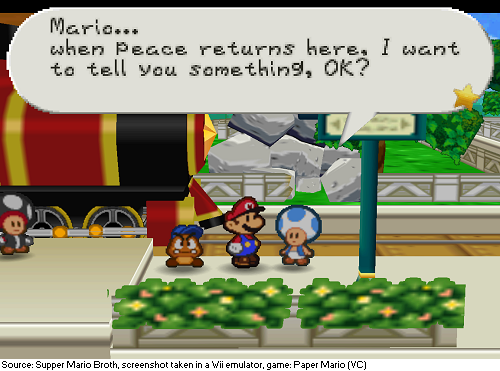
Paper Mario
At the Toad Town train station, there is a blue Toad who tells Mario that after he defeats Bowser and restores peace to the Mushroom Kingdom, he has something else he wants to tell him. However, no such event can be triggered as it's impossible to access the train station after defeating Bowser, making the line pointless as you cannot talk to him again. It's possible that this was meant to be part of content found in the post-game, but was cut during development.
Offline
Third gen cameo 


Lilycove City's theme (from Ruby and Sapphire) can be found in Pokemon Platinum. It is played on the Audio System that can be obtained at the Villa in the Resort Area.
- Iscritto dal
- 10 Gen 2009
- Messaggi
- 18,860
- Reazioni
- 18,472
Offline
Triceraton assenti:

Turtles III: The Manhattan Project
Despite appearing in the box art, the Triceratons do not appear in the game itself.
Offline
Is that a Terminator reference? 


In Stage 5-1 of God Hand, Gene encounters a drowning man being teased by three enemies throwing Life Preservers at him. If the player defeats these enemies there will be a cutscene where Gene will save the drowning man.However, if the player decides not to save him or engage the enemies, the drowning man will say "I won't be back" and put his thumb up as he sinks parodying Terminator 2's ending as well as the catchphrase "I'll be back" which the films created.
Offline
Music reference 


During the ending cutscene, when Sly and Carmelita are discussing music, a pink record of Neil Diamond Live can be seen next to Carmelita's chair. This could be a subtle joke on the fact that Neil Diamond made a song called "Carmelita's Eyes."
- Iscritto dal
- 10 Gen 2009
- Messaggi
- 18,860
- Reazioni
- 18,472
Offline
Esiste veramente:
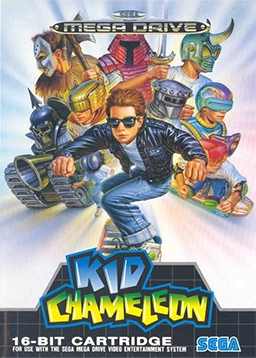
Kid Chameleon
The game's protagonist, Kid Chameleon, is based on real-life Sega employee Dean Sitton. Sitton's career accomplishments include naming Dr. Ivo Robotnik of the Sonic the Hedgehog series, as well as naming the Genesis games Quackshot and DeCap Attack.
Pubblicità
Condividi:
Pubblicità

